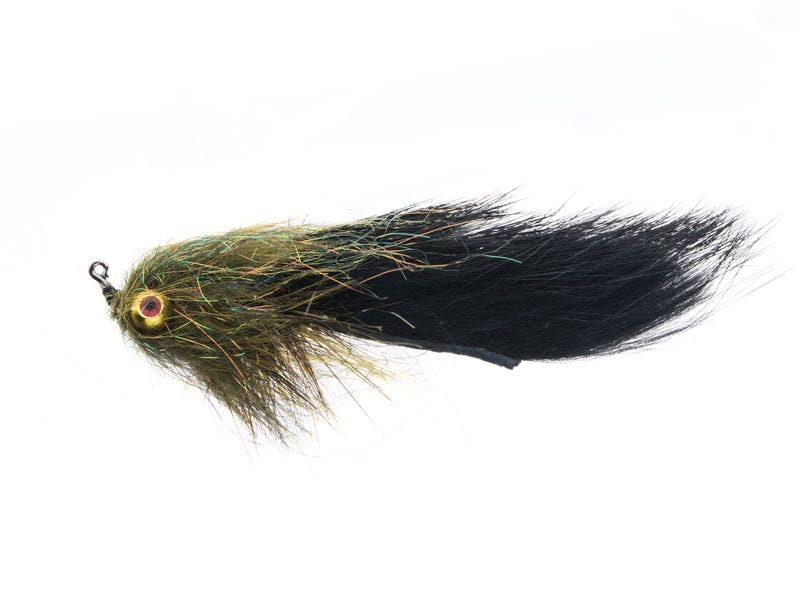Fly Tying Video: Twisted Sculpin Pattern


The woolhead sculpin was one of the first flies I learned to tie. It was in my heavy rotation while guiding for big rainbows in Alaska during my early years.
I tied those basic sculpins on 4X long streamer hooks. While they caught plenty of fish, I found that the point of the hook was constantly getting banged up on rocks. There is no point in a dull hook.
Over the years, I’ve updated my sculpins with newer tying styles and platforms. To do so, I tied my sculpins on a shank and utilized a braided loop. The braided loops worked great, allowing hooks to be swapped out when needed. On the downside, I often felt like the loop was limiting the movement of the fly, and slashing strikes were harder to turn into hookups.
My next platform utilized shanks with a fixed wire loop. I like dropping the hook off the fixed loop for two reasons. The bunny tail swims unimpeded by the weight of the hook, and my hookup ratio was notably higher than it was with the floppy braided loop. That’s a win, but the hook still got beat up on the bottom and I still missed some tugs.
The third and most recently chosen platform utilizes a jig hook. Now the hook rides upright, saving it from point dulling rocks and snags. The tail swims freely behind it, just like it did on the original version. And, when a fish slashes at the fly, it usually ends up hooked in the roof of the mouth. Double win for the jig version of the Twisted Sculpin.
Give the Twisted Sculpin a try. Trout and even salmon find it hard to resist.
Hook: Umpqua U555 60 Degree Jig 6-8
Eyes: Spirit River Real Eyes or Dirty Dumbbell 3/16” yellow or red
Body: Two olive Saddle Hackles twisted with olive/brown Polar Chenille
Tail/Overwing: Black Rabbit Strip (hide speared by hook)
Collar: Senyo’s Laser Dub
Head: Dubbing loop with peacock Ice Dub and olive rabbit, figure-eight wrapped around eyes and picked out.
